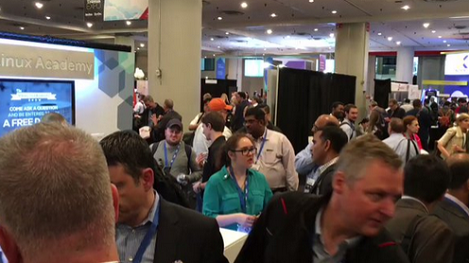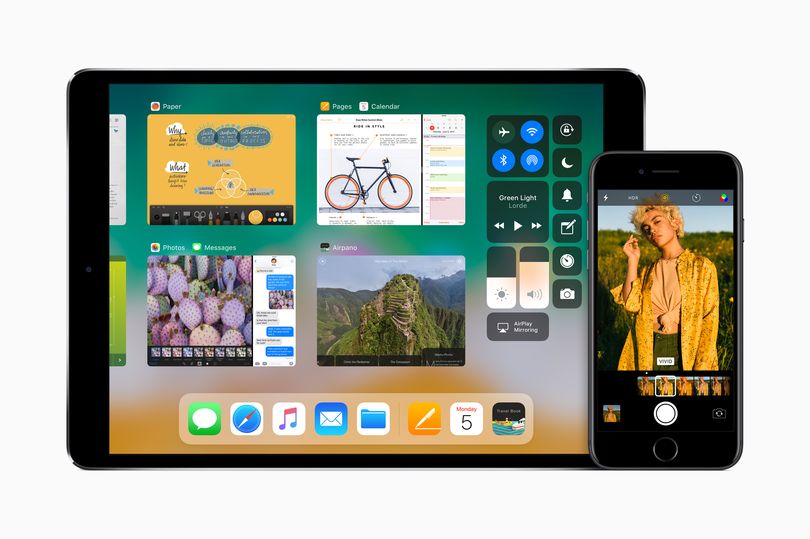- Convenient central city location in Melbourne, one of the world’s most liveable cities
- Full-Time, 3-year Fixed-Term “Industry Fellow” Position until December 2020
- Attractive salary package on offer
- Application closing date: Sunday 15th October 2017
Our Organisation
RMIT is a global university of technology, design and enterprise. Our mission is to help shape the world through research, innovation, teaching and engagement, and to create transformative experiences for our students, getting them ready for life and work. RMIT prides itself on the strong industry links it has forged over its 130-year history. Collaboration with industry is integral to the University’s leadership in applied research and education, and to the development of highly skilled, globally focused graduates.
The School of Science provides over 45 bachelor and postgraduate programs, and undertakes world class research across the disciplines of physical sciences, mathematical sciences and computer science. The position will be aligned with the Discipline of Computer Science and Software Engineering, part of one of Australia’s largest and leading educational facilities in the field. In the 2017 QS University Rankings by discipline, RMIT University was ranked top-100 globally for Computer Science and Information Systems. RMIT University is an Athena SWAN member and the College of Science, Engineering and Health is central to driving improvements in gender equality, diversity and inclusion, particularly in the Science, Technology, Engineering, Mathematics and Medicine (STEMM) disciplines.
Role & Responsibilities
The Industry Fellow is expected to contribute to the teaching and research efforts of the School, in disciplines related to their field of expertise. The Industry Fellow is also expected to actively promote the program by establishing and maintaining memberships, links and partnerships with academic, industry and professional communities. The Industry Fellow is expected to work collaboratively and collegially with fellow academics within the teaching team, and update colleagues and students on developments in their subject area or specialisation. The Industry Fellow may be responsible for course coordination.
As an Industry Fellow, the successful candidate will teach into Software Engineering courses and will provide guidance to ensure their industry relevance, to ensure employability of such students. The Industry Fellow may also be required to manage Software Engineering projects performed by students and to help create internship opportunities. The Industry Fellow would also be encouraged to develop linkages with the RMIT Activator and to develop a potential external/industry-facing Software Engineering capability.
Skills & Experience Required
You will have demonstrated ability to prepare and deliver programs at undergraduate and post-graduate levels, experience undertaking a course coordinator role would be beneficial. A history of working in or with the IT / software industry will be essential to your success in the role. Also desirable is a demonstrated history of innovation in the IT industry and/or an emerging track record and recognition for quality research which will contribute to existing research areas of the discipline.
To Apply
Applicants are requested to separately address the key selection criteria as outlined in the Position Description. For further information please contact Assoc. Prof. John Thangarajah (john.thangarajah@rmit.edu.au) or to view a position description visit our website and search using job reference number **558257.
Applications close on Sunday 15 October 2017.
This role will require satisfactory confirmation of a Working with Children Check.
RMIT is an equal opportunity employer committed to being a child safe organisation. We are dedicated to attracting, retaining and developing our people regardless of gender identity, ethnicity, sexual orientation, disability and age. Applications are encouraged from all sectors of the community.
This article is shared by www.itechscripts.com | A leading resource of inspired clone scripts. It offers hundreds of popular scripts that are used by thousands of small and medium enterprises.









